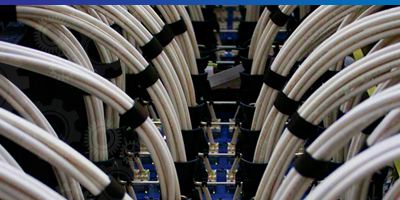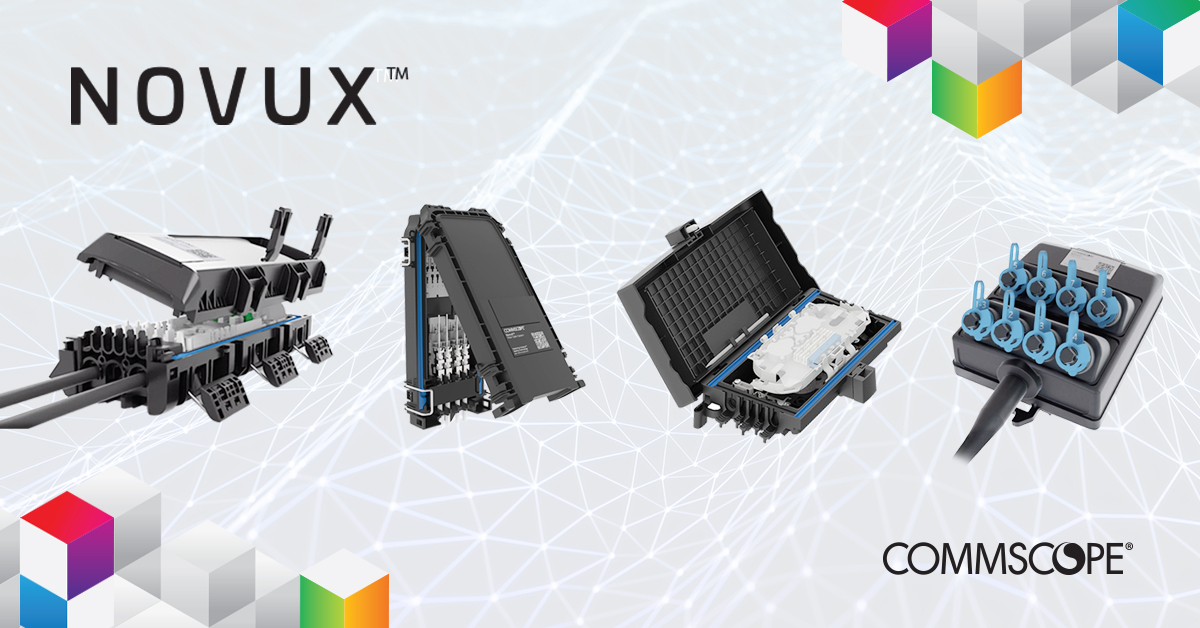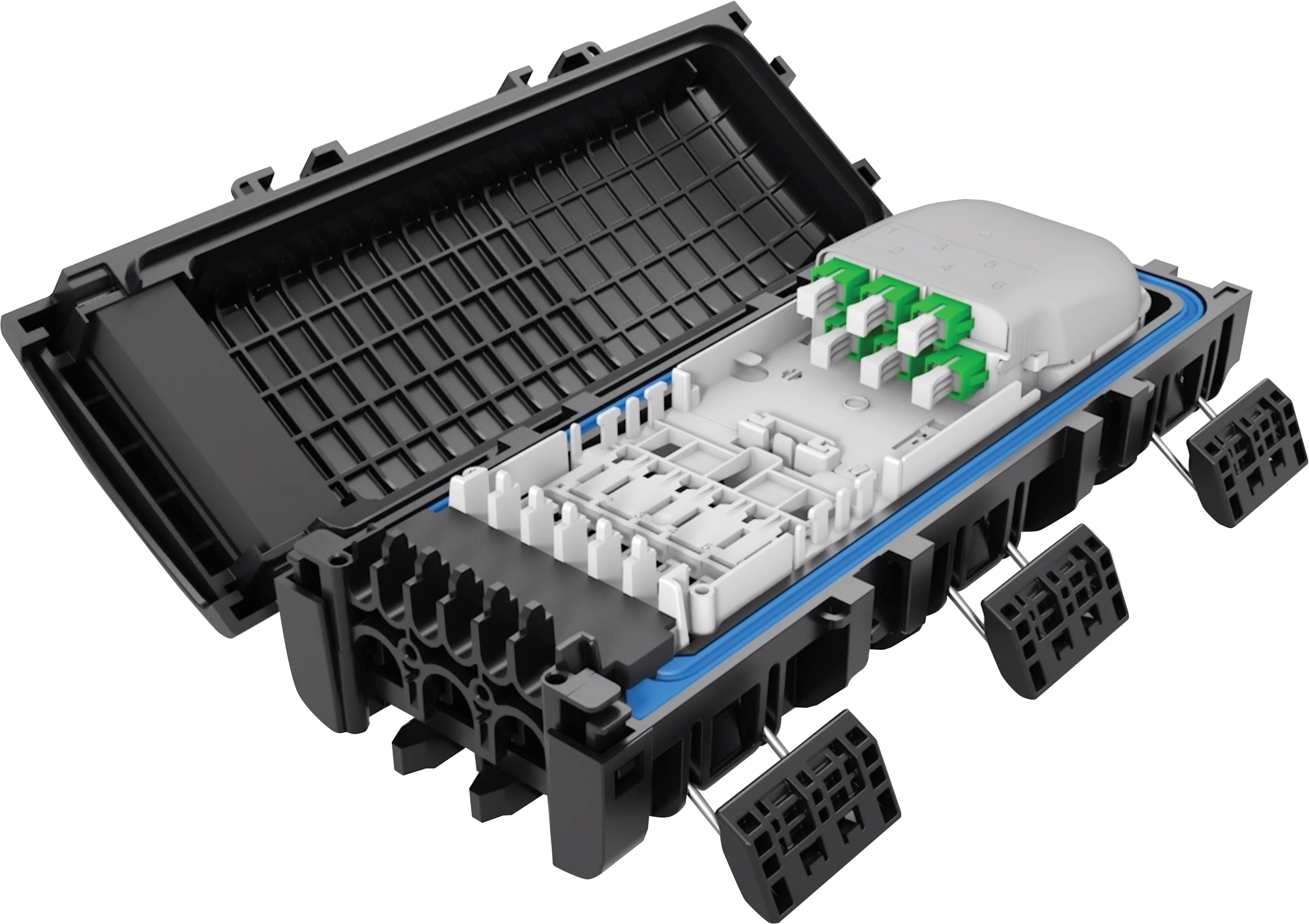The route to any destination always has multiple paths and vehicular options to get there, so there is no reason to always chose the same way when tackling multiple challenges. Goals can be achieved more wisely if project managers are open to explore and analyze what different countries have learnt so far.
In Germany the market has the privilege of being able to look left and right to benefit from the experience acquired across the rest of Europe over the last 15 years.
Numerous factors need to be considered when building new infrastructure, which can often be decisive in a viable project, both in cost and speed. When undertaking certain FTTH construction methods, a vast majority of the budget can be exhausted after taking the first steps: the civil works. It’s not just a case of bringing in more manpower to help get the work done, a shortage of skilled specialists can severely delay progress and ramp up costs.
And it’s crucial not to end up in a situation where that part of the journey needs to be made again.
Can we avoid the risk of undertaking such an investment twice? The existence of legacy infrastructures above and below the ground is key and points out in an underexplored direction. Legislators and big players around the world have been working together to make room for the telecommunication cabling in spaces where there was none before.
Before hitting the road (literally) it is key to understand the ecosystem, and its opportunities - there might be partners with access to existing infrastructure willing to facilitate connectivity rollout. On a bigger scale in the rest of Europe, profitable joint ventures between operators, energy companies and electricity carriers are in play. This approach is not new, but it is underexploited.
Germany has invested a great deal of time and money in defining a framework and in building their telecommunications underground. There are plenty of good reasons to do so, but if this approach causes bottlenecks, time after time, why have we stopped asking if this is the best way?
Having determined that the project will require an investment in building the supporting infrastructure for the FTTH services, it’s interesting once again to reflect on our options. And luckily enough, choices can be made. In our journey, the roadmap is our network specification. And an excellent, reliable, and durable service delivery is our destination. But can a better vehicle be found - and by better, I mean cheaper and/or faster.
When we analyze the bottle necks that we all struggle with, we can easily relate our experience to many other major rollouts. The fiber optic vendors have been asked repeatedly, in many different languages, the same 3 questions: How can we build faster? How can we build cheaper? How can we build easier? Everything boils down to the same problem and that’s why there is one major conclusion: pre-connectorization helps.
Pre-connectorization has been extensively embraced for aerial rollouts, and too often perceived as feasible only in this sort of scenarios. Now, having pushed the limits of our products beyond the preconceived ideas of traditional applications, we can certainly say that the scope of the pre-connectorized solutions for FTTH is much bigger than it was years ago when it all started.
The technology exists and is available. Whether it is a hardened connector, a ruggedized cable jacket, or robust enclosure with a patch panel, there are multiple angles to embrace pre-connectorization and its benefits.
Nevertheless, the argument to prove its value remains untouched, especially in the competitive FTTH rollout market. The line between a good and poor job can be very thin if there are too many variables involved, with operators facing unplanned and unpleasant obstacles on daily basis. That’s why going to the field with the maximum number of options becomes crucial to prevent delays that cost lots of money. The pre-connectorized elements have been produced and tested in a controlled environment against the most demanding quality standards by qualified personal in highly sophisticated plants. The standardization and harmonization of the production methods boosts up the quality level of the network where those products serve their purpose.
Furthermore, limiting the exposure in the field to the most critical and challenging piece of the puzzle – the manipulation of the glass itself - has proven to be an improvement in the delivery time of the networks. The pre-connectorized technology will keep the expensive splicing machines away from the trenches, making the jobs accessible for less specialized crews that can tackle the build out with total assurance.
From a technical and tactical point of view, the solutions become flexible and accessible. Not only is the construction easier, so is the evolution, testing and troubleshooting.
The technology can offer a set of solutions suitable for multiple scenarios at the same time: above or below ground; different shapes and sizes for different physical spaces; with or without splitters to better suit the architecture; single or multi-fiber ferrules to fit the network specification; or modular platforms designed to react efficiently to the changing market requirements.
The market requires efficiencies to support a rapid and sustainable fiber expansion. The newest suite of products, and the ones that are to come moving forward, are developed to be configurable and adaptative in an extremely diverse universe. Customers can now scale up or down the connectivity solutions to better cope with any circumstance. And all of that without giving up the simplicity that enables a quick turnaround of the manufacturing process when it comes to bringing to the market new solutions or features.
CommScope, with NOVUX® and Prodigy®, brings a whole ecosystem of fiber connectivity. Not just a brand or a family, but an entire new universe of connectivity products that sit on those three pillars: configurability, scalability, and simplicity.
This new philosophy is not tied to one single technology. On the contrary, NOVUX also covers a broad variety of different ways of addressing the FTTx deployments. The suite is designed with the diversity of challenges that operators find themselves confronted with.
And either splices or connectorized, standard or hardened with Prodigy, NOVUX has come to introduce harmony across the network. Things can be made simpler and quicker without compromising the performance - and the networks of the future will benefit of the new paradigms.














